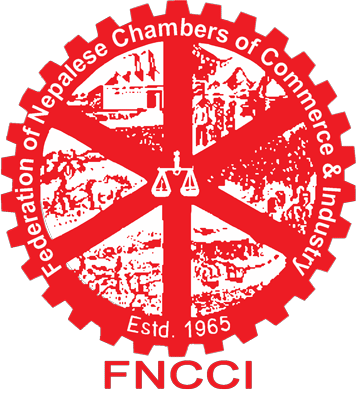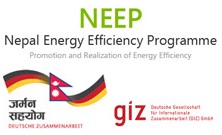Performance Evaluation of Furnace
The fuel required for combustion is cleaned, preheated and burnt in the combustion zone of the furnace. Even if the hot combustion gases impart most of the heat to the stock, it is seen in practice that much heat is lost.
Some of the heat passes into furnace walls and hearth. Another portion of heat is lost to the surroundings by radiation and convection from the outer surface of the walls. Heat is also lost through cracks and openings with gases escaping through doors. Every time the door is opened, considerable amount of heat is lost. In some cases, the heat is lost from stock, which protrudes out. Finally much of the heat is lost through the free gases either as sensible heat or as in complete combustion. Economy in fuel can be achieved if the total heat that can be passed on to the stock is as large as possible.
Furnace efficiency
Thermal efficiency of furnace is defined as the percentage of heat input that is effectively utilized to heat the stock. There are two methods of assessing furnace efficiency.
Direct method
The efficiency of furnace can be judged by measuring the amount of fuel needed per unit weight of material.
The quantity of heat to be imparted (Q) to the stock can be found from
Indirect method
In indirect method, furnace efficiency is calculated after subtracting sensible heat loss in flue gas, loss due to moisture in flue gas, heat loss due to openings in furnace, heat loss through furnace skin and other unaccounted losses:
Payback of energy saving options
There are many economically viable option to improve furnace efficiency. Past experiences based on energy audits conducted in industries in Nepal has shown that many energy saving options have a payback period for investments of less than 2 years.
References
- ESPS, 2005. Environmental Sector Support Program conducted by DANIDA, Component 2 – Promotion of Cleaner Production in Industries.
- Bureau of Energy Efficiency India (BEE), 2005: Guide book for National Certification Examination for Energy Managers and Energy Auditor - BOOK 2- Energy Efficiency in Thermal Utilities.



